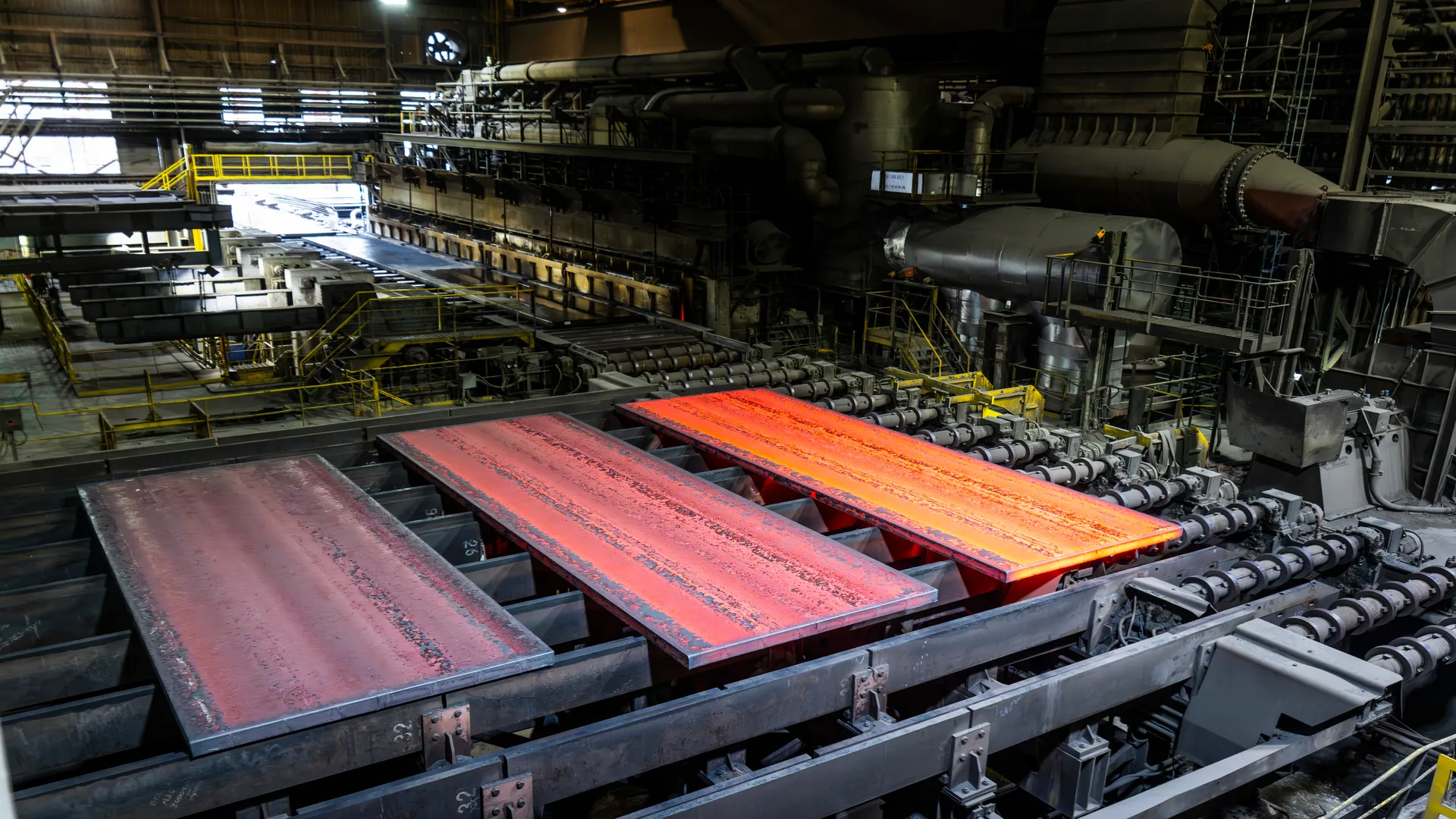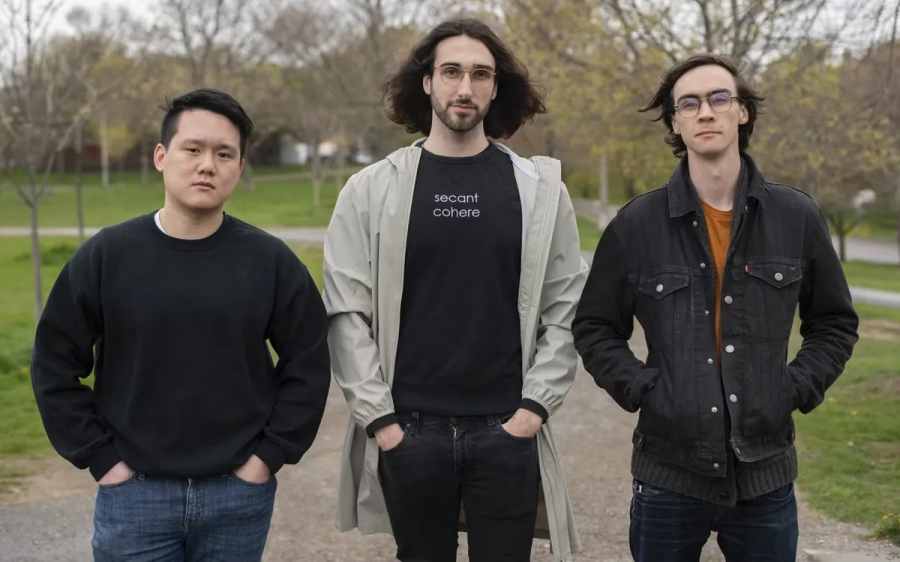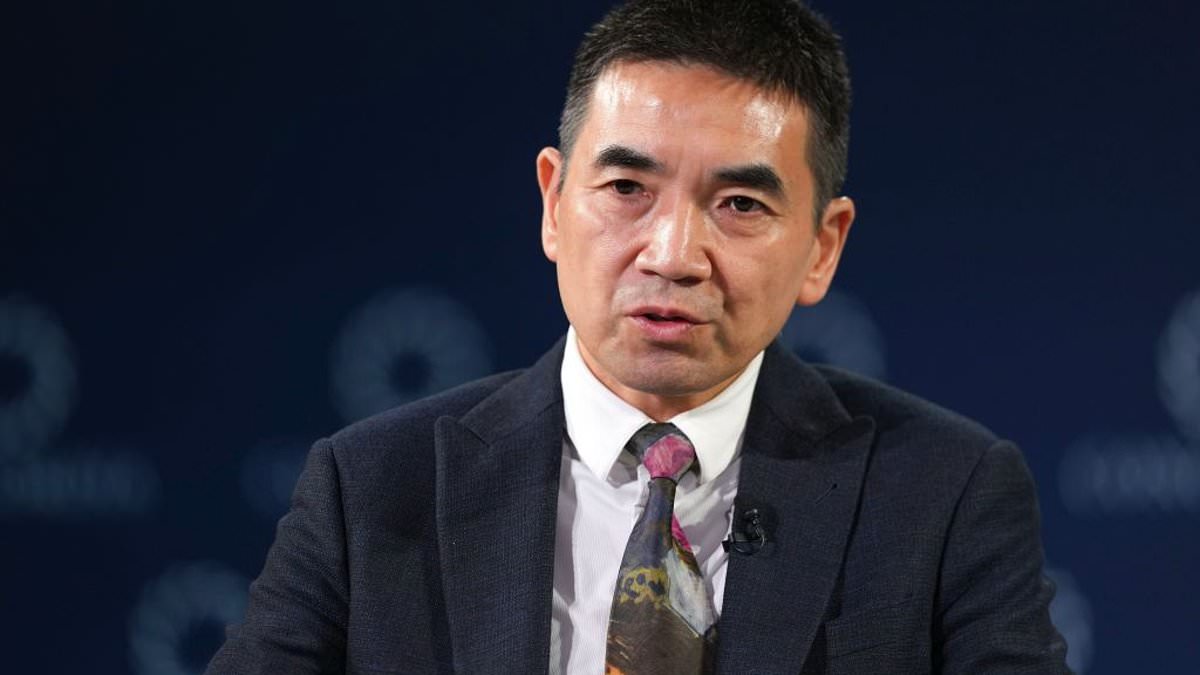
A Swedish-American firm has announced that its steel which has been enhanced with hydrogen-reduced iron, has officially met the International Energy Agency (IEA) and First Movers Coalition’s (FMC) thresholds for near-zero CO2e emissions.
Stockholm-based SSAB recently unveiled its breakthrough called SSAB Zero steel at the annual wind supplier conference, hosted by GE Vernova, a Massachusetts-headquartered equipment manufacturer and services provider.
The innovative steel is produced at SSAB’s Montpelier facility located in the US state of Iowa. SSAB representatives revealed that the steel will soon be used in GE Vernova’s onshore wind towers across the US.
“This technical breakthrough represents our market leadership,” Chuck Schmitt, SSAB Americas’ president, said, adding that SSAB Zero ensures no compromise on quality while advancing sustainability goals.
“Our partnership with GE Vernova strengthens our commitment to clean energy and the security of a domestic steel value chain.”
New near-zero steel
The upgraded SSAB Zero steel reportedly incorporates hydrogen-reduced iron produced through hydrogen breakthrough ironmaking technology (HYBRIT). The novel process, which was developed in Sweden, replaces coal with with fossil-free hydrogen in ironmaking.
SSAB Zero was already being manufactured at the company’s Iowa facility using recycled scrap, fossil-free electricity, biocoal and renewable natural gas. It is designed for end-use applications such as automotive, mining, agriculture, construction, heavy equipment, transportation and energy.
Now, according to the company, the addition of hydrogen-reduced iron brings the product into alignment with IEA’s near-zero steel definition, an internationally recognized benchmark for decarbonization.
The achievement marks a critical milestone in the reduction of emissions from steel production and demonstrates GE Vernova’s commitment to decarbonizing their value chain.
“GE Vernova and SSAB have a shared focus on innovation,” Guy Lynch, GE Vernova’s vice president of wind sourcing and sustainability, said. The company employs approximately 75,000 people across around 100 countries worldwide.
Lynch pointed out that the verified near-zero emissions steel supports the two firms’ mission to electrify and decarbonize the world. “Together, our companies are providing for a more sustainable and secure energy economy,” he continued.
Pioneers in green steel
Meanwhile, the First Movers Coalition, which aims to harness the purchasing power of the world’s leading companies to unlock the untapped potential of emerging technologies needed to decarbonize the world by 2050, hailed the announcement.
Originally launched at the 26th United Nations Climate Change conference (COP26) held in Scotland, the FMC focuses on high-emitting sectors like steel, shipping, and aviation, which are responsible for nearly a third of global carbon emissions.
The SSAB-GE Vernova partnership is among the first real-world examples of FMC members successfully delivering a commercialized solution.
Noam Boussidan, FMB’s program head called the innovative solution a significant step towards industrial decarbonization. “SSAB’s achievement demonstrates industry transformation, and GE Vernova’s procurement leadership accelerates the impact,” he concluded in a press release.



